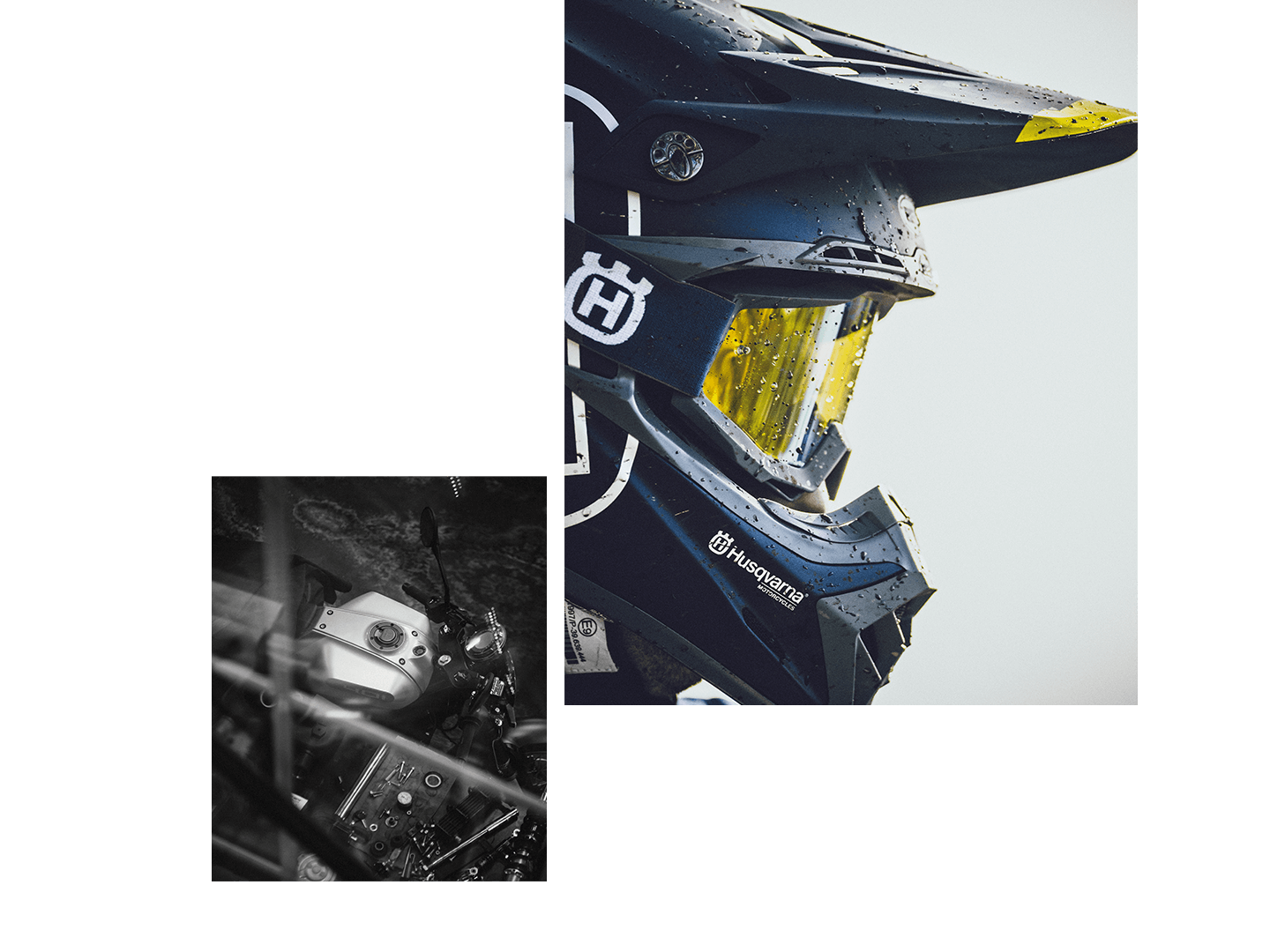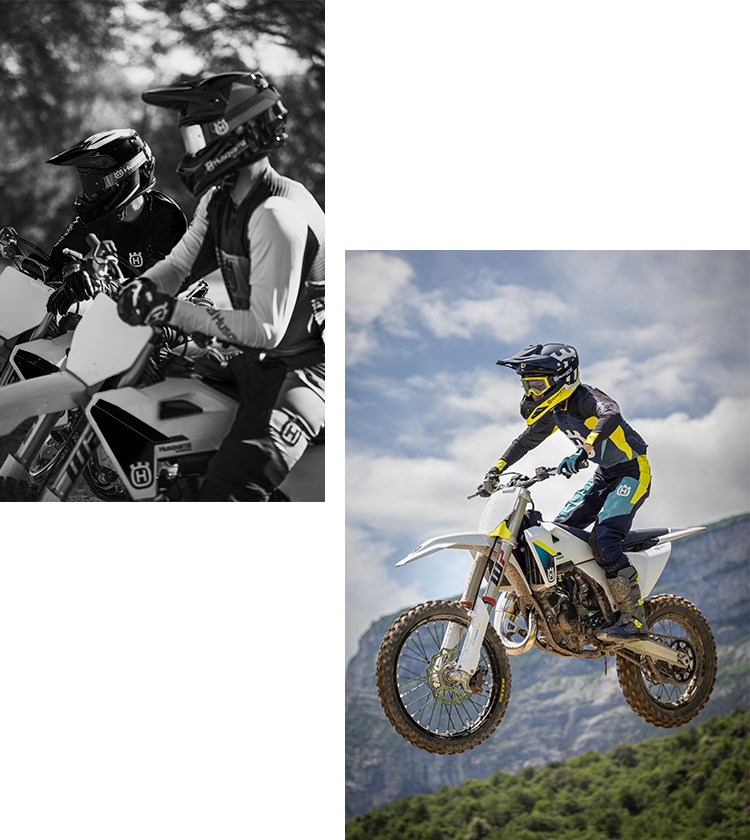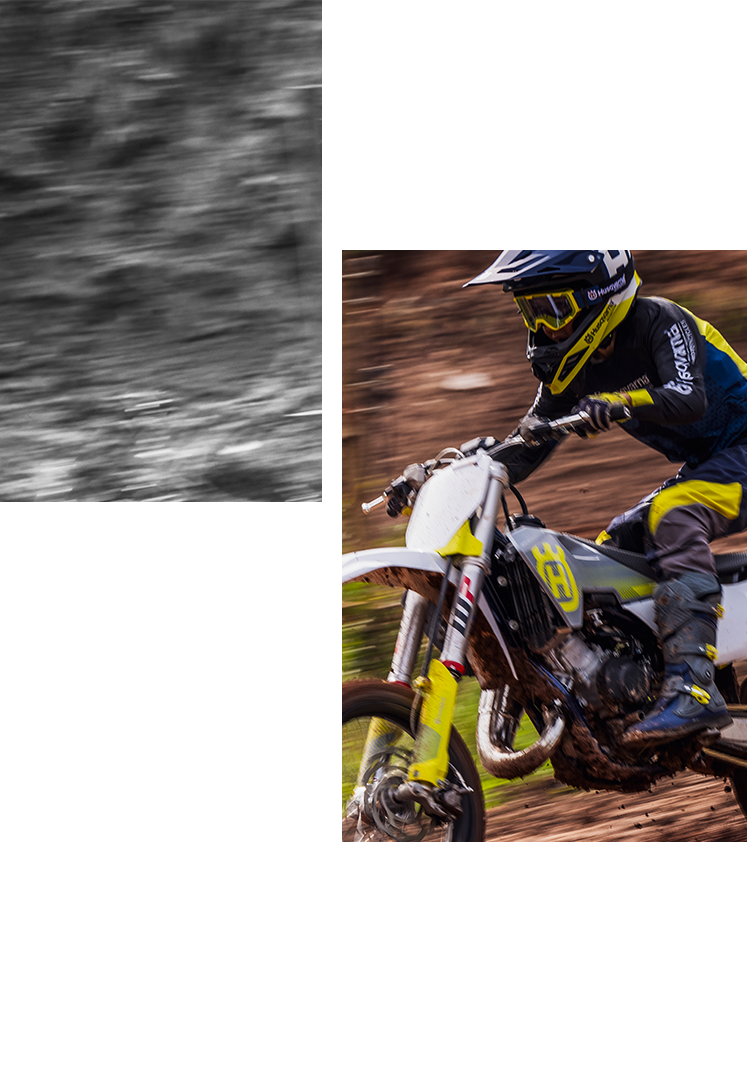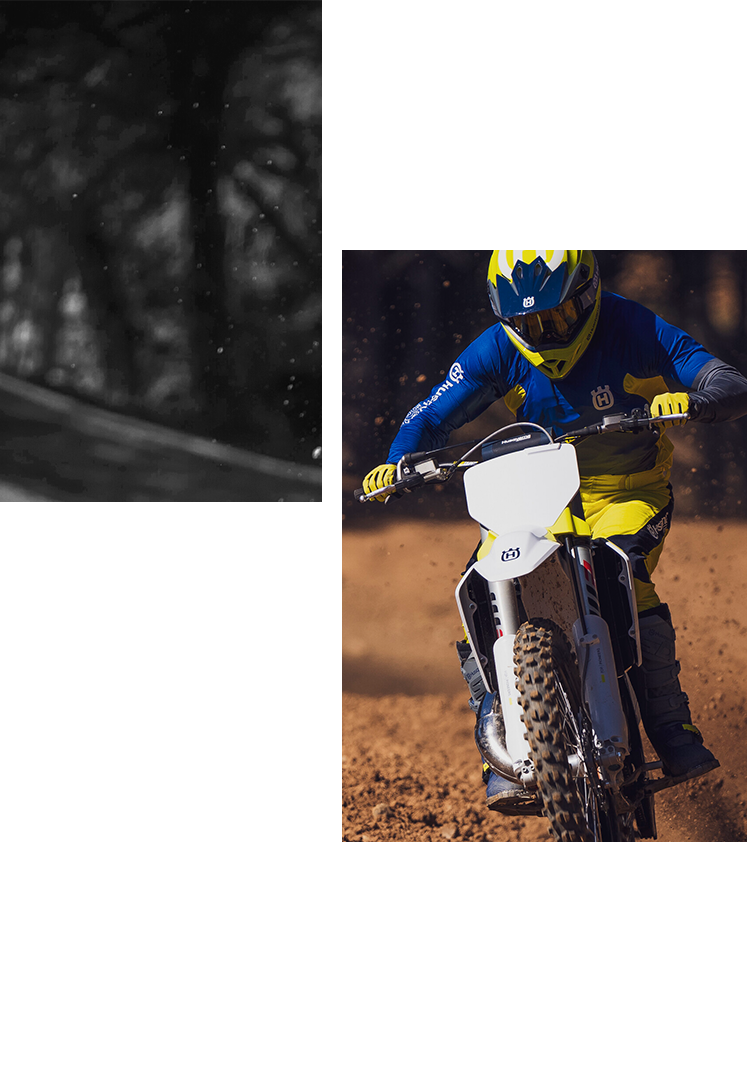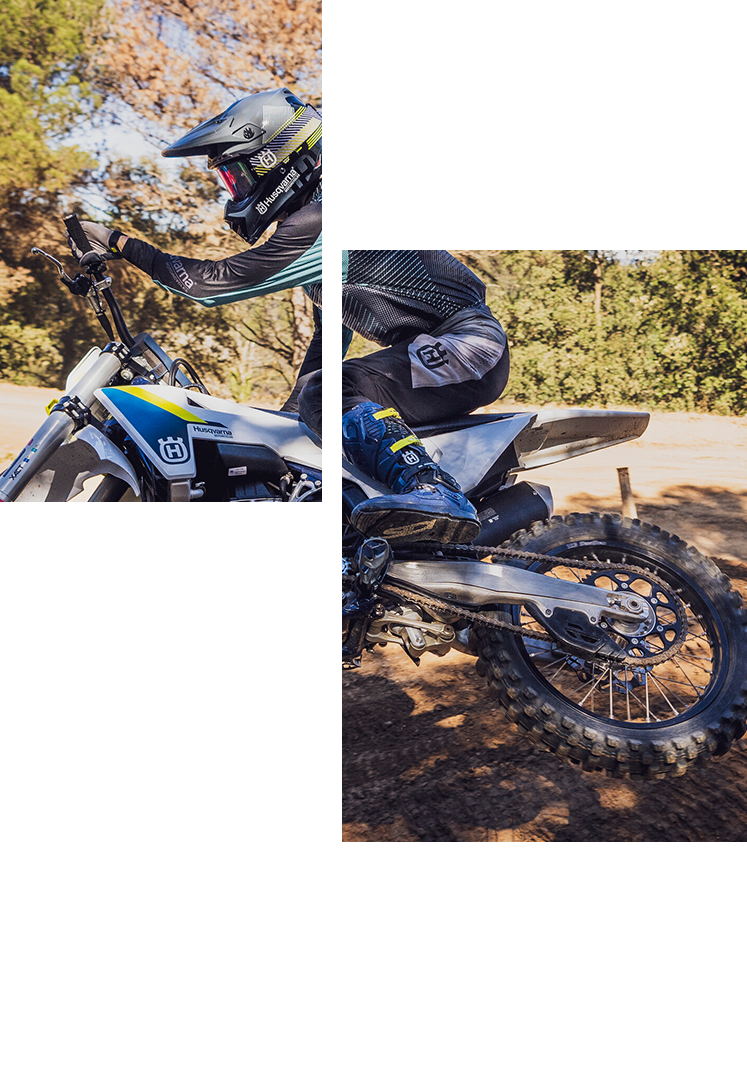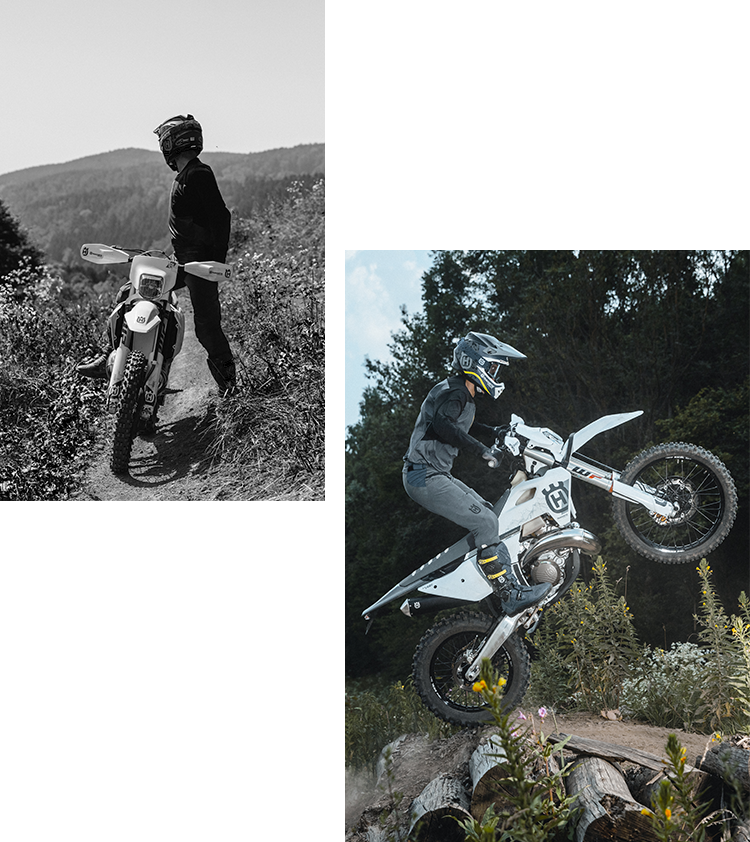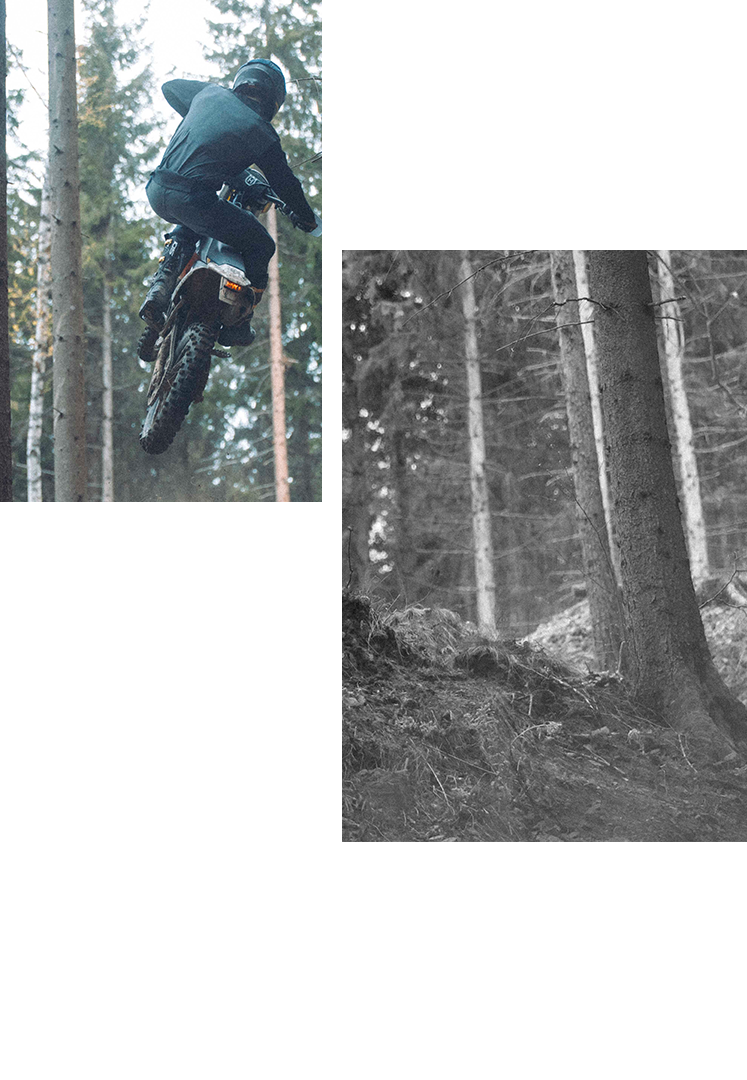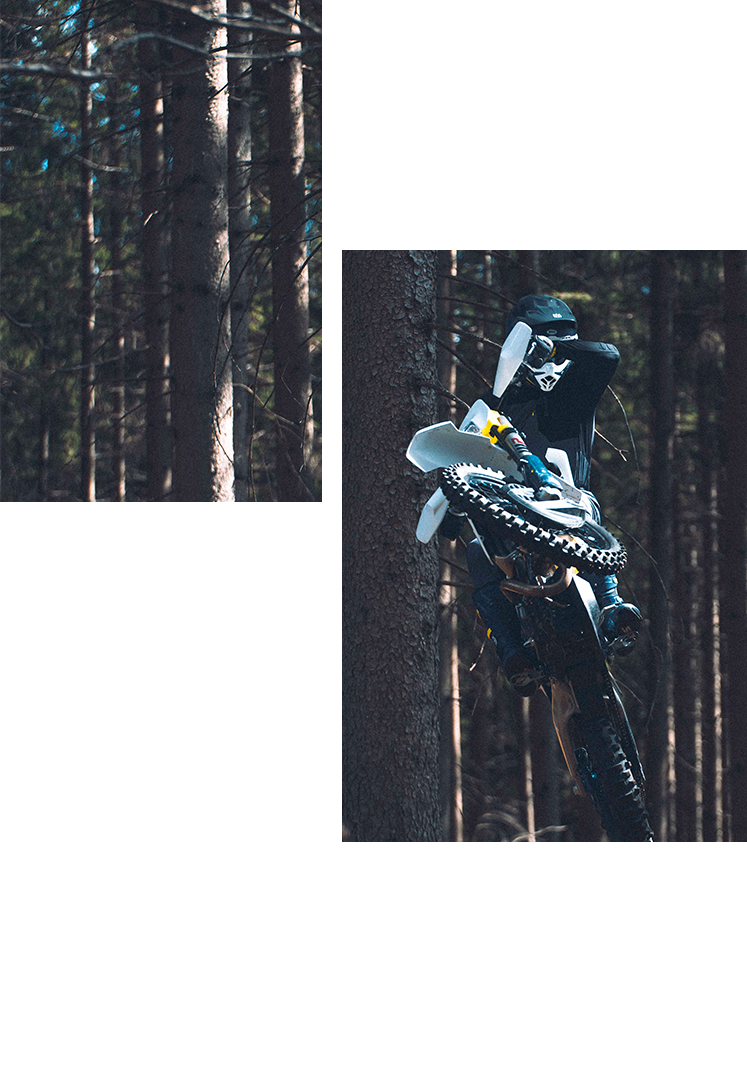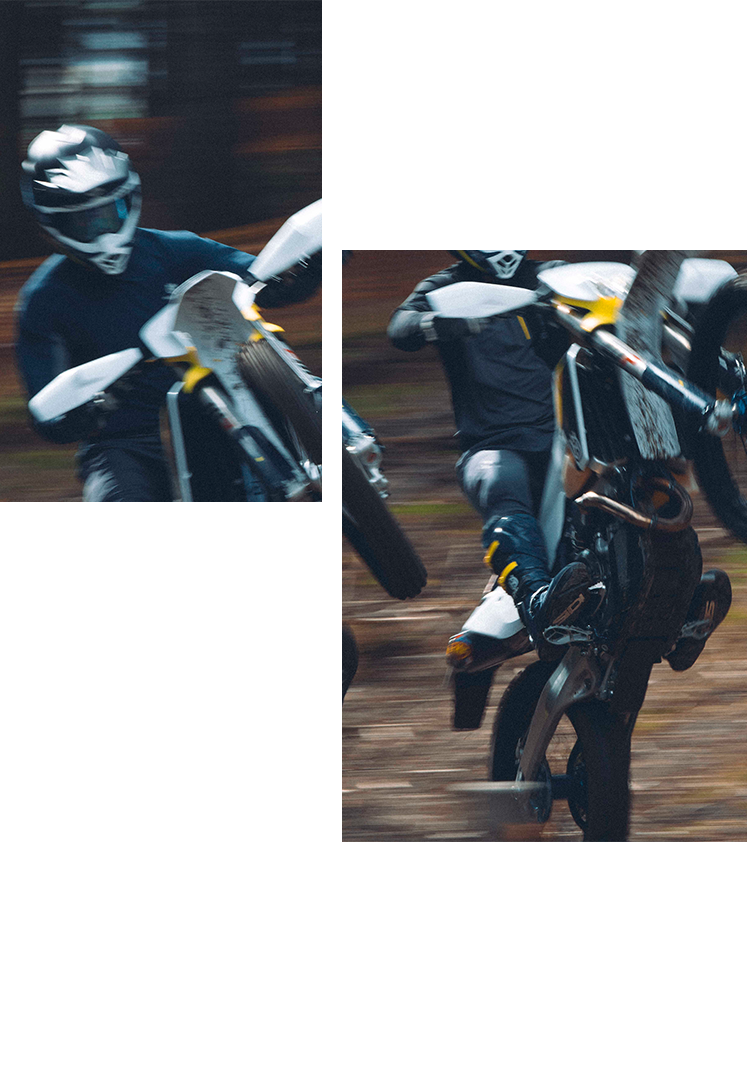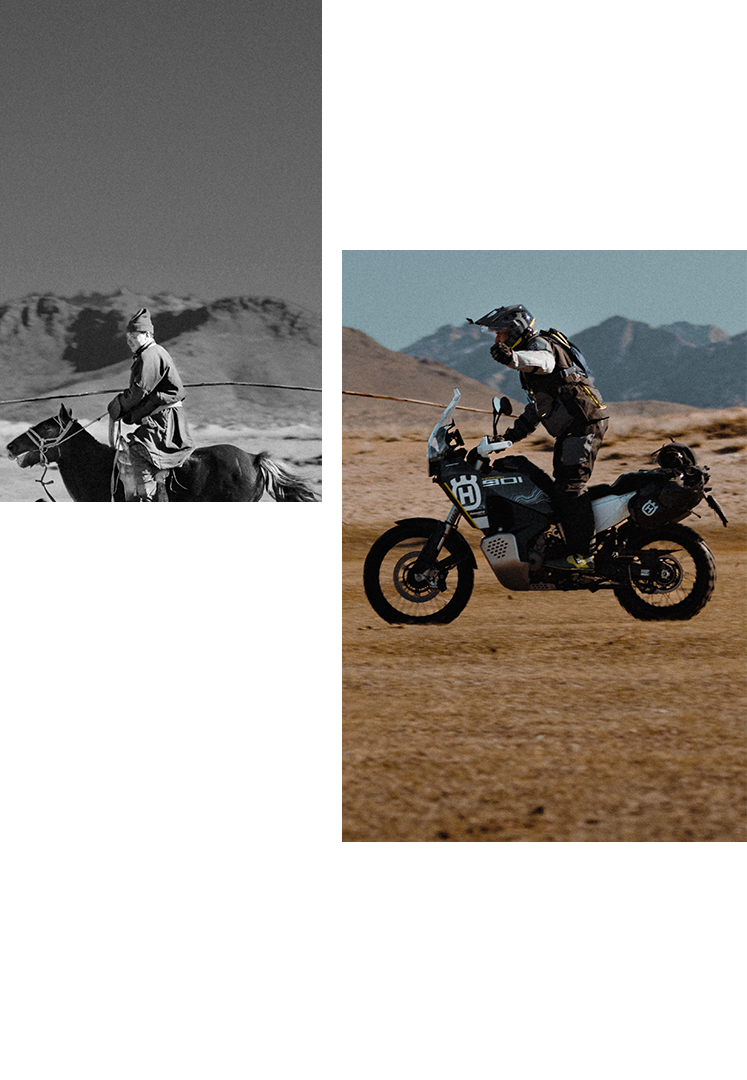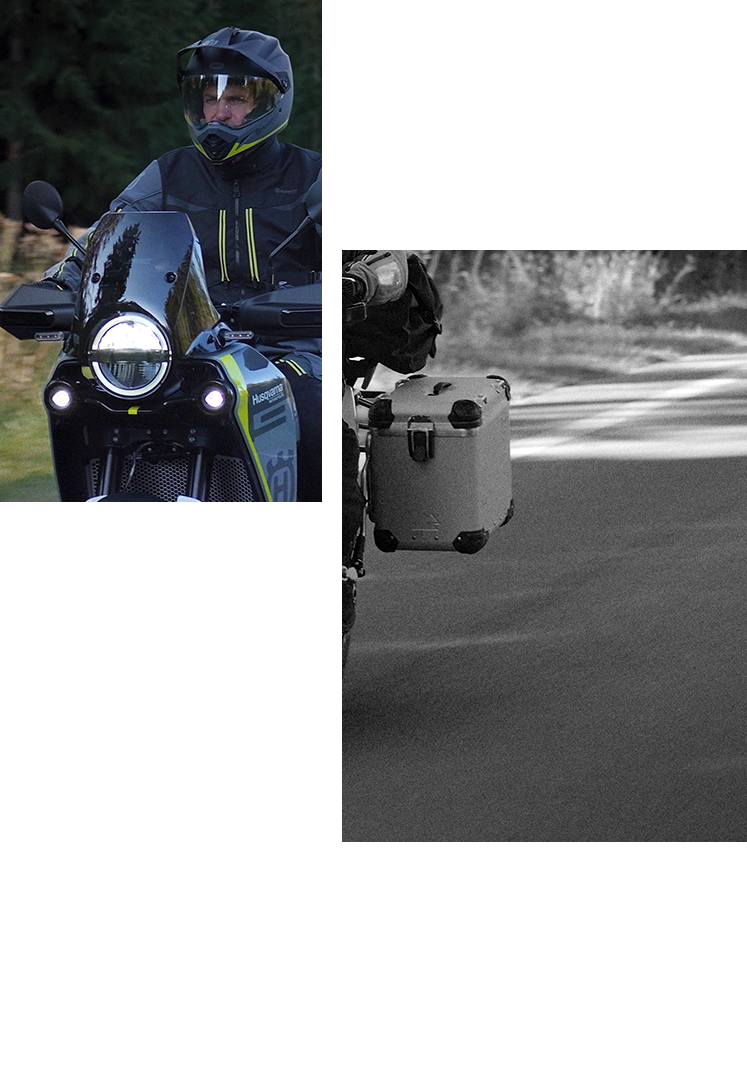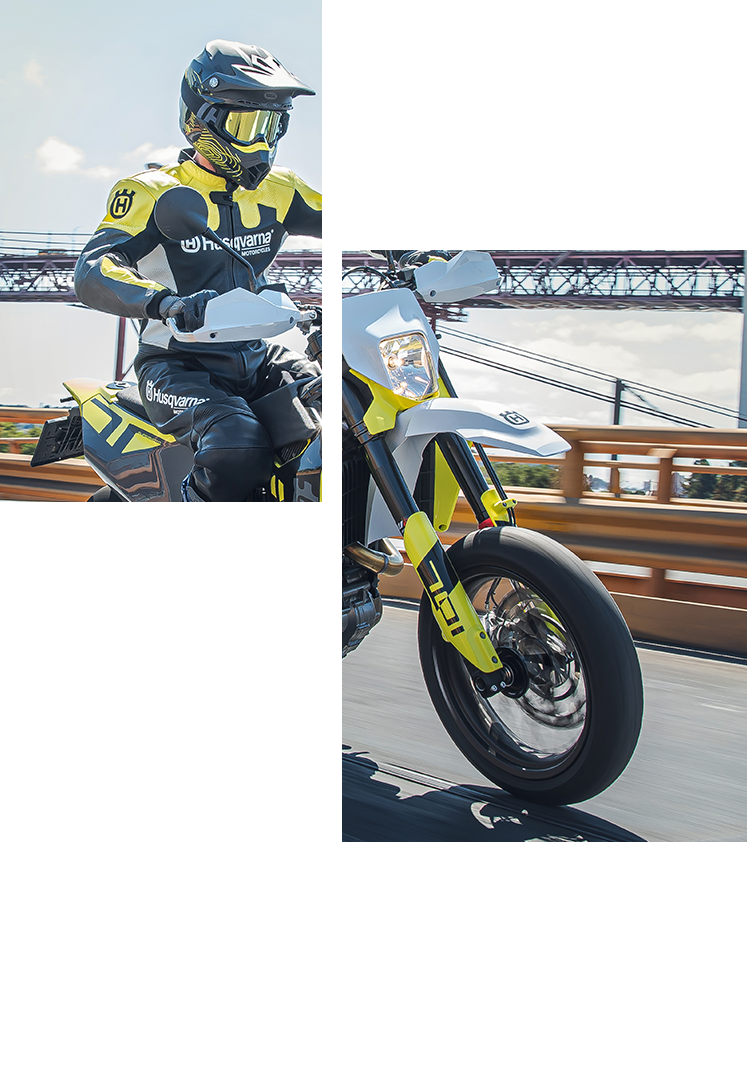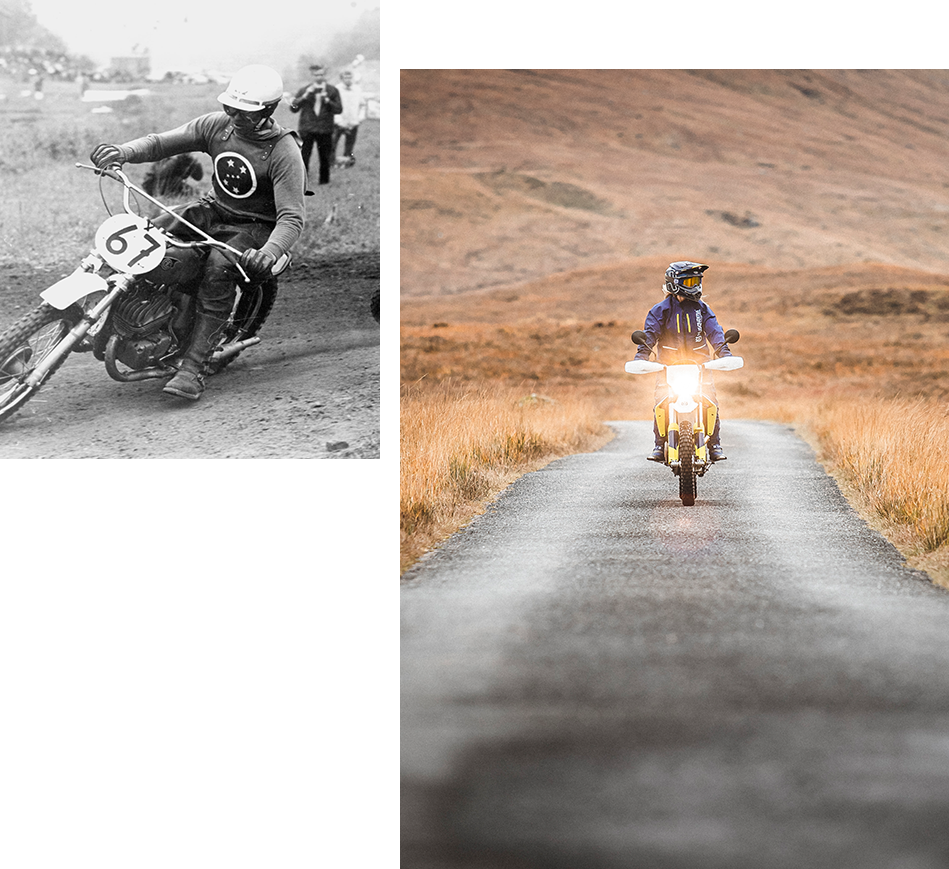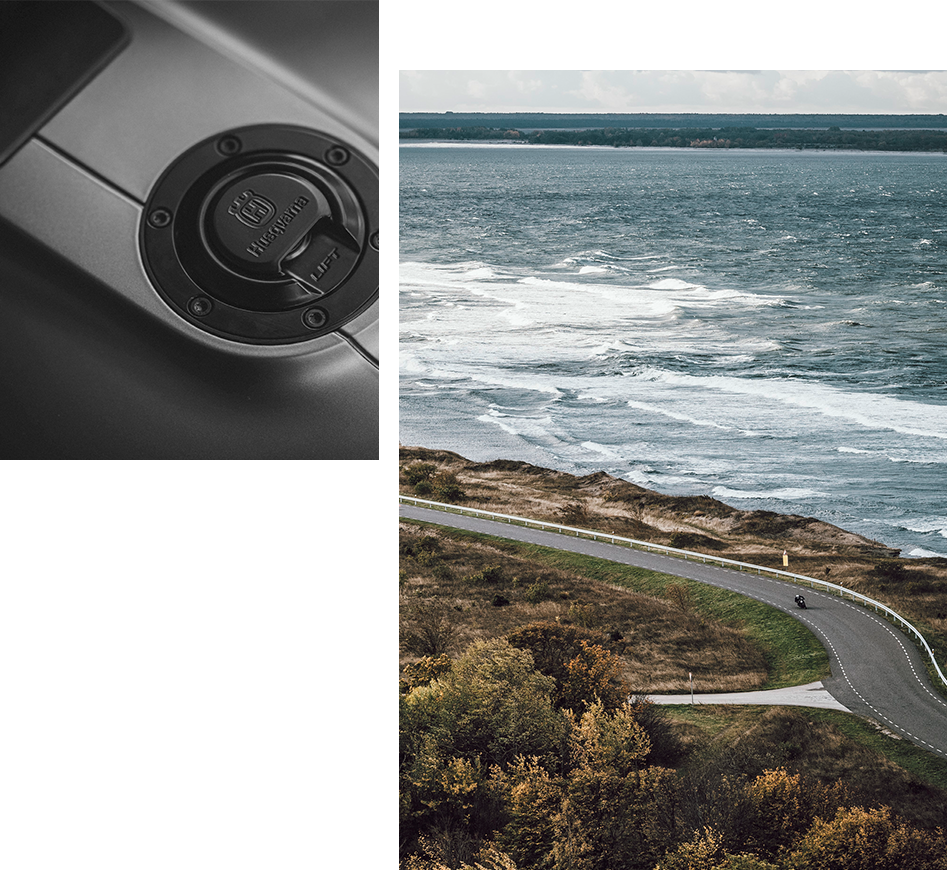Road racer ragnar- Episode 2
By Kenneth Olausson
The main event in 1933 was again Saxtorp, now having earned the title ‘Grand Prix of Europe’. The very best international riders had travelled to southern Sweden in order to compete. And the crowd was the biggest ever attending a Swedish motorcycle race.
150,000 people turned up during the race days at the beginning of September. Both Kalén and Sunnqvist were given favourites in the Husqvarna-team and would race idols like Stanley Woods and Tim Hunt, who both rode for the Norton team. Sunnqvist was well ahead after the start while Kalén was forced to stop, changing spark plugs after only a few kilometres. After one lap Sunnqvist lay second but fell back to third when two laps were completed. Then his clutch started to slip and the Swede had to slow down a little in order to make his way around the circuit. After that both his first and third gears disappeared and Sunnqvist had to slow down even more, though he never give up.
Stopping was never a becoming style for Ragge Sunnqvist. After 13 laps the two British Norton riders stopped for fuel and Sunnqvist moved ahead with a 10-second lead. On the next lap Tim Hunt had a shunt and disappeared. Then Sunnqvist had to pick up fuel and lost two minutes in the paddock. After 20 laps Wood's motor burst and now Sunnqvist was well away to his next victory with only 10 laps to go. Kalén was in the runner-up position but was six minutes behind the leader at this time. Then disaster struck for Sunnqvist as he lost his chain. Although managing to put it back on he was without the strength needed to run his machine uphill to get it started again. Ragnar broke down and had to witness his teammate Kalén taking another important win in their battle. It was the biggest disappointment of his whole career.
The German GP in Hohenstein-Ernsthal near Chemnitz had a dangerous track and Ragge had a crash during practice when he hit oil on the tarmac. He had to visit the hospital and the doctor insisted he would race at his own risk, or better still sit this round out. Not an option for Sunnqvist, of course. Ragnar took an early lead but was passed both by Kalén and the Brit Walter Rusk. Then Kalén had a serious accident and lost his life, which made race conditions sour for Sunnqvist. But he kept on only to find out that his clutch broke 150 meters ahead of the finish line. Ragnar ran to the chequered flag and secured the modest prize money for him and his team. He passed out after reaching the end only to find out that a mere 4 riders out of 30 starters had finished this gruelling race.
Avus in 1935 was the event of the year in Germany. Every star in the game was present at the famous Berlin track with its fantastic steep-designed, sloped curves. The bike of Sunnqvist was geared for a top speed of 200 km/h and he himself adjusted both spark plugs and set the jets appropriately. Ragnar was an expert in the field and he always got his carburettors well tuned and in perfect harmony.
A record crowd of 300,000 spectators came to witness this important clash of riders on a track that was unforgiving and demanded super efforts from each and every racer. 46 riders took to the start and went towards the initial hurdle at the North curve (Nordkurve). After one completed lap the German Karl Gall on his BMW lead ahead of Swede Ragge. In the well-sloped North curve Ragnar Sunnqvist showed more guts than his German opponent and took over the lead after the two riders had passed this obstacle on the next lap.
They were now making an average speed of 170 km/h - in 1935! As Gall had the quicker machine he was able to overtake Sunnqvist again on the long straightaway. This cat and mouse dance went on during the entire race - until the very last lap. Gall knew he had to outrace Sunnqvist in the final and went through the North curve at too fast, which resulted in a frightening wobble and almost a crash. But the two riders were side by side over the finish line - with Sunnqvist a fraction ahead! After an average of 171,6 km/h Ragge Sunnqvist was awarded the big laurel from a surprised Korpsführer Hühnlein representing Nazi-Germany. Evidently no one had counted on a Swedish victory as it took a very long time before the Swedish anthem record was found and played in front of a disappointed crowd, who’d also counted on a German win.
1936 became the last Husqvarna season for Ragnar Sunnqvist. He was no longer employed by the factory who had stopped racing in the TT field. Now the team was renamed "Scuderia Husqvarna" and Sunnqvist won Grand Prix races in Finland, France and in Switzerland as well as taking a silver replica in the TT on the Isle of Man. A 10-year career took its toll on Sunnqvist who had been successful on tarmac, ice racing, grass tracks, in hill climbs, on a scramble machine (motocross) and in different enduro races.
